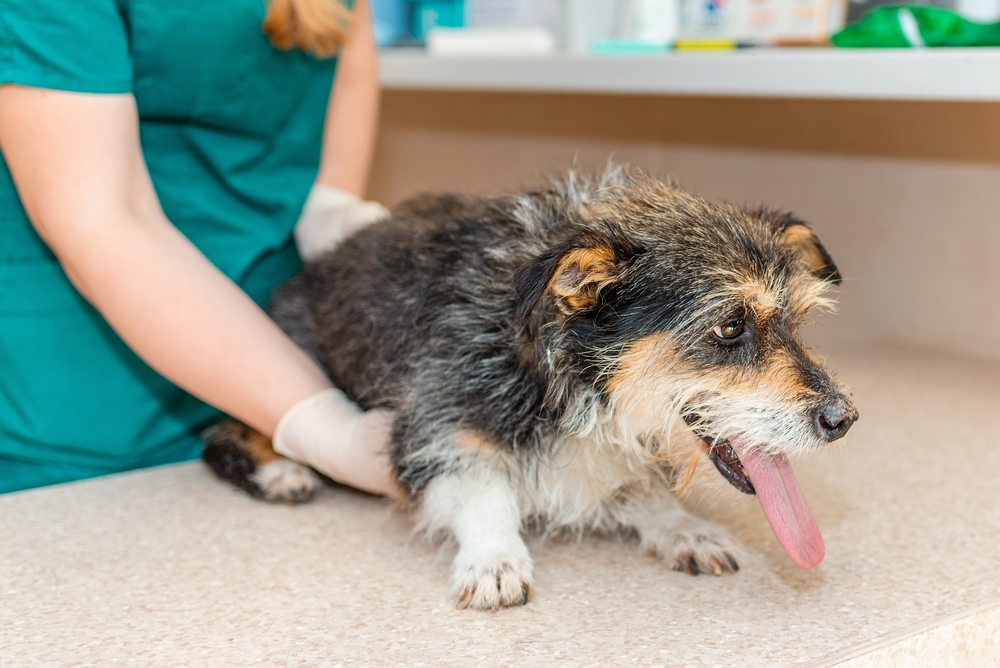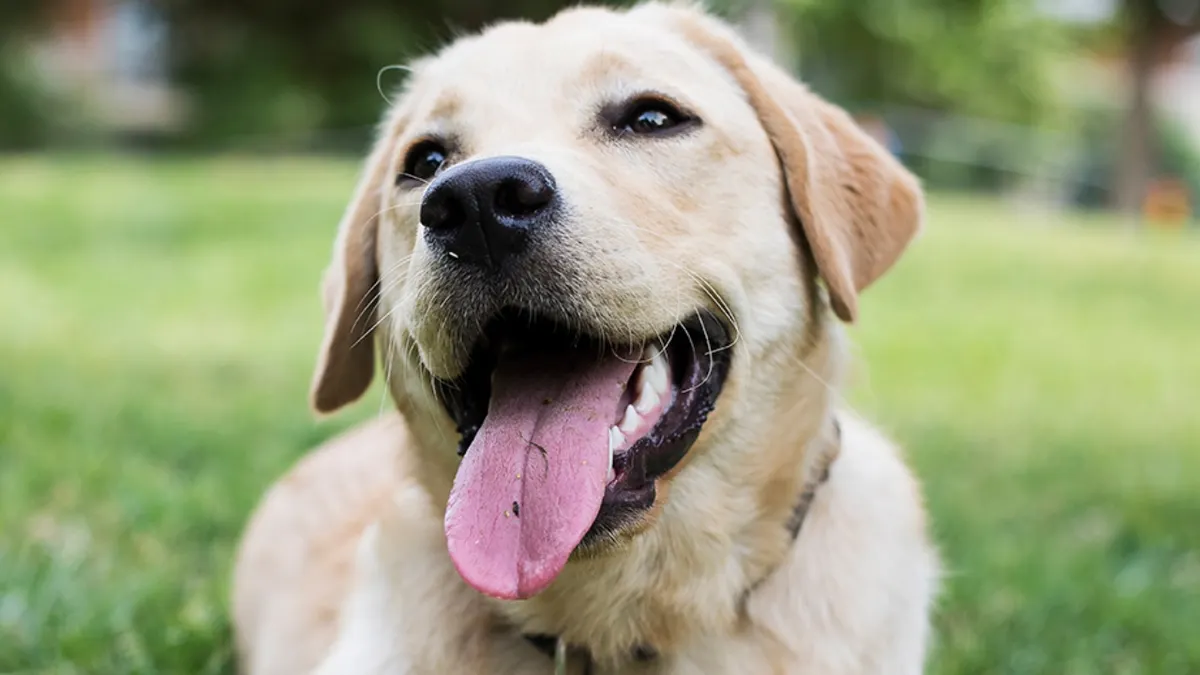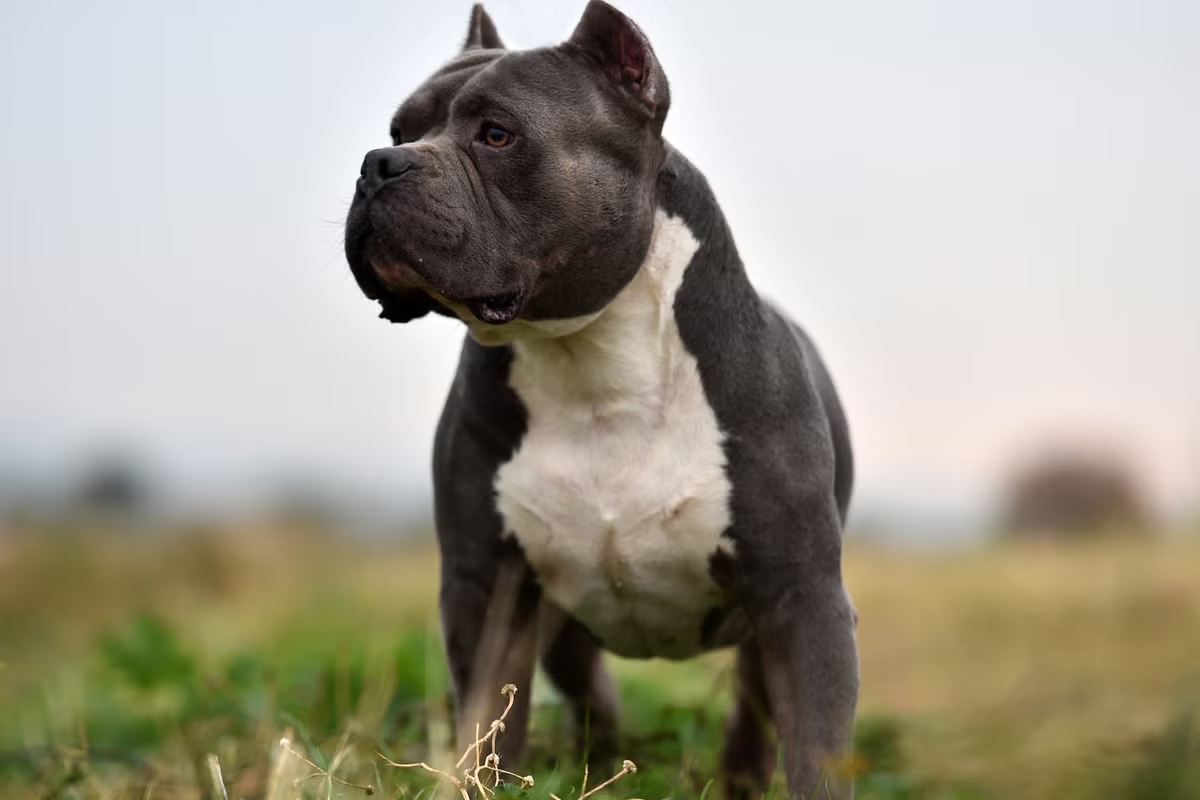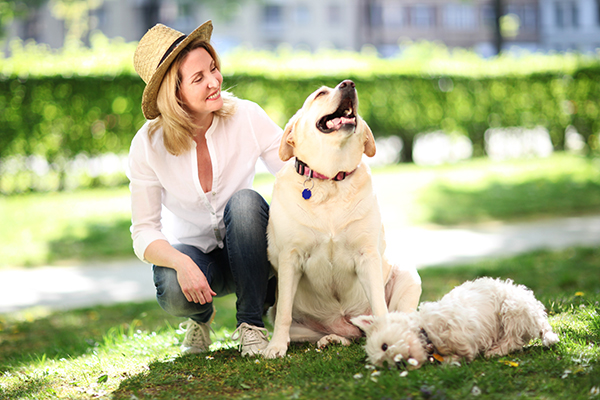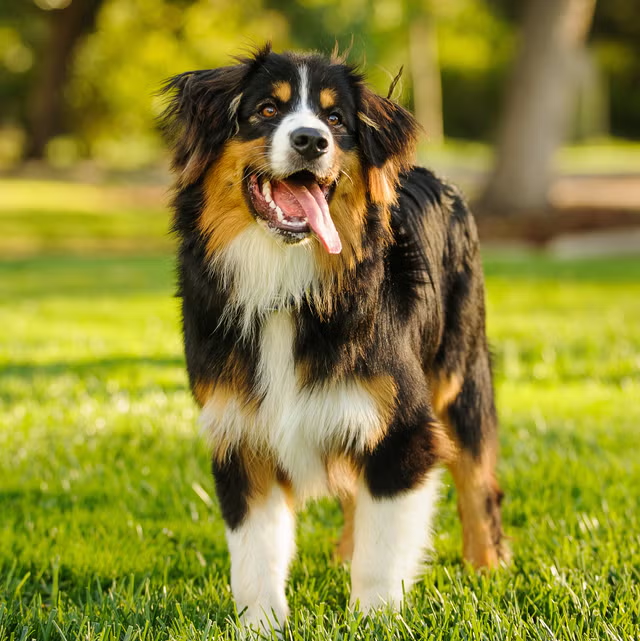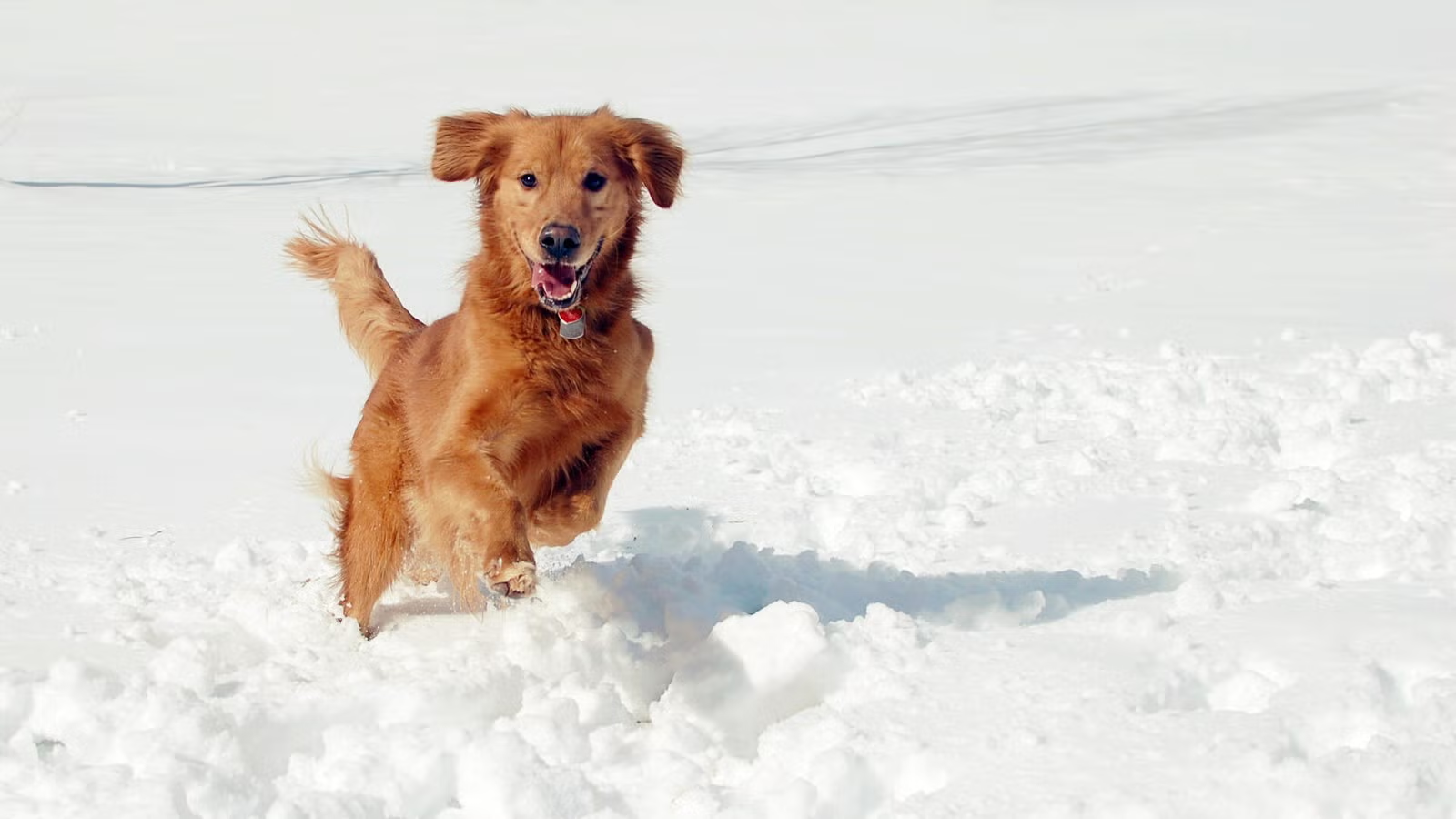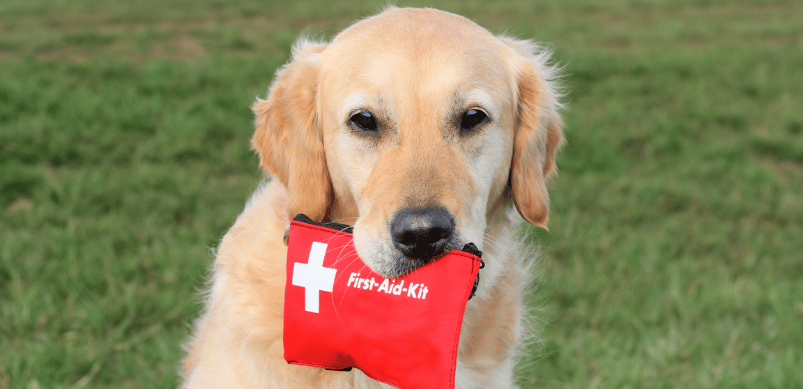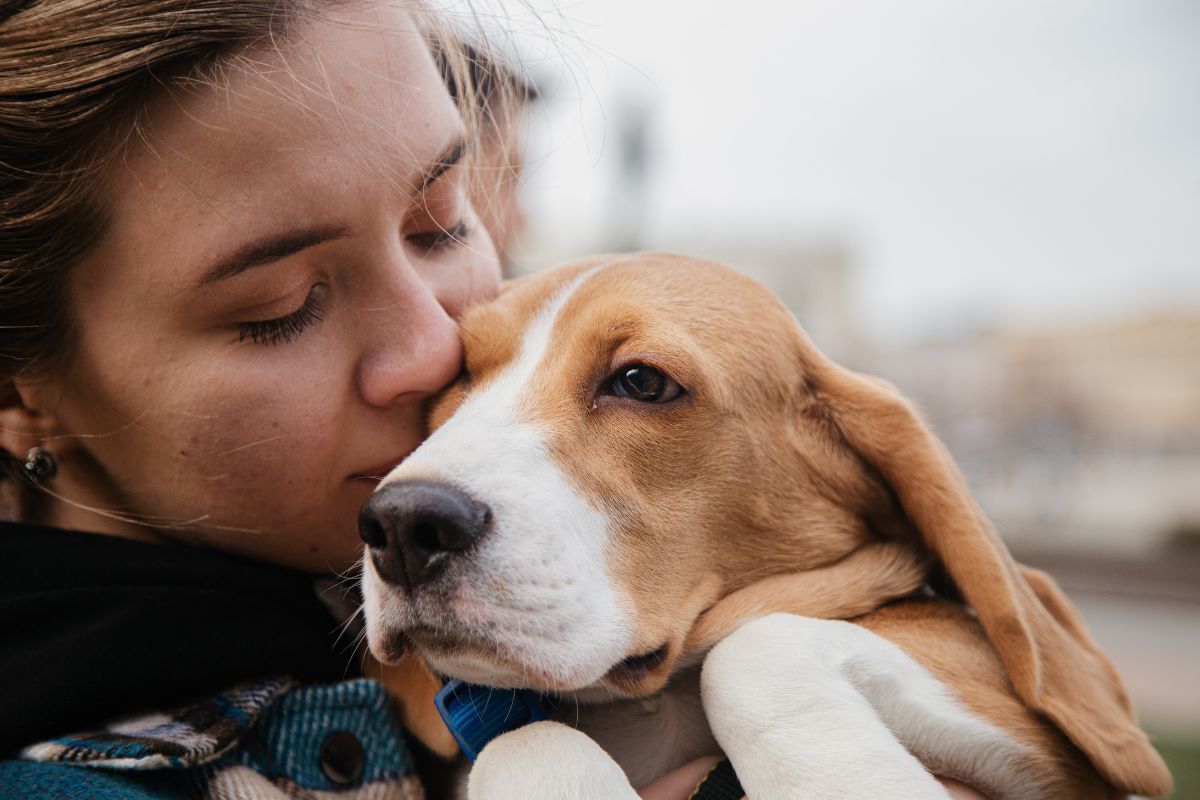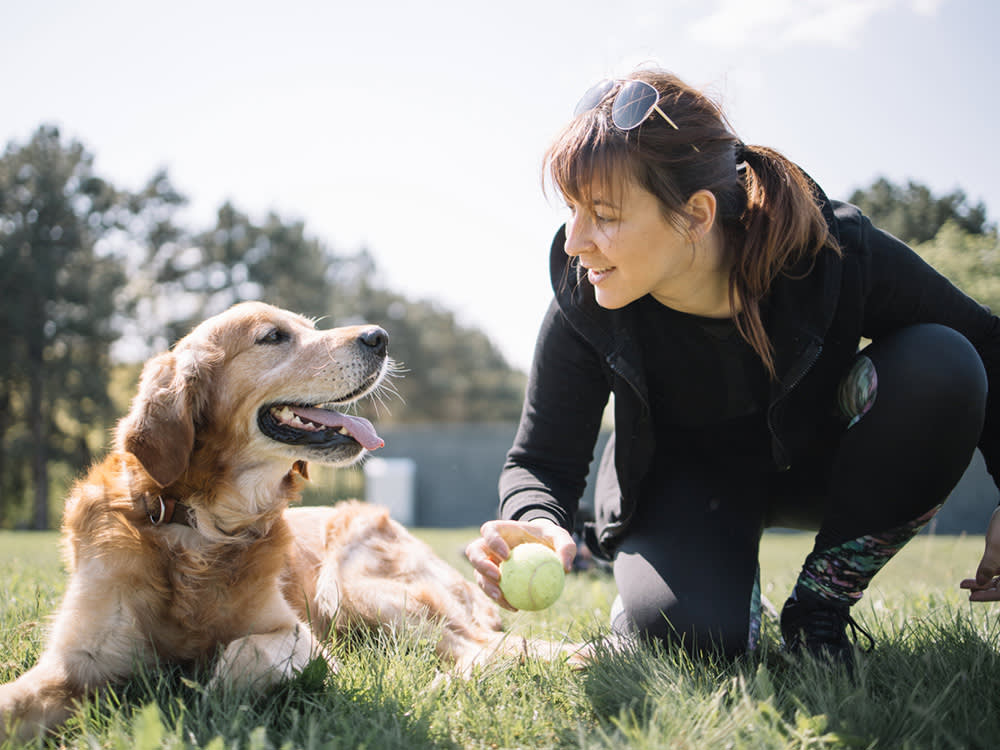Introduction to Senior Dog Care
As your furry companion enters their golden years, their needs evolve, much like ours do. Watching your once-energetic pup slow down can tug at your heartstrings, but with the right care, you can help them age with grace and joy. This article dives into seven practical, heartfelt tips to keep your senior dog healthy, happy, and comfortable, backed by veterinary insights and real-life experiences. Whether you’re navigating gray muzzles or creaky joints, these strategies will ensure your dog’s later years are filled with love and vitality.
Understanding When Your Dog Becomes a Senior
The moment your dog is considered a senior depends on their breed and size, as larger dogs age faster than smaller ones. For instance, a Great Dane might hit senior status at 5–6 years, while a Chihuahua may not until 10–12. Recognizing this transition is key to tailoring their care.
Why Size and Breed Matter
Larger breeds, like Labrador Retrievers, often reach senior status around 7–8 years, while smaller breeds, like Shih Tzus, hit it closer to 10. This variation stems from differences in lifespan—giant breeds live 8–10 years, while small dogs can reach 14–16. Understanding your dog’s life stage helps you anticipate their needs early.
Signs Your Dog Is Aging
Look for subtle clues like graying fur, slower movements, or changes in sleep patterns. These signs signal it’s time to adjust their lifestyle. Regular vet checkups can catch underlying issues before they escalate, ensuring your dog stays comfortable.
Tip 1: Prioritize Proper Nutrition
A balanced diet is the cornerstone of your senior dog’s health. As metabolism slows, their caloric needs decrease, but their need for specific nutrients increases to support aging joints, cognition, and immunity.
Choosing the Right Senior Dog Food
Senior dog foods often have fewer calories, less fat, and more fiber to prevent weight gain and support digestion. Look for formulas with high-quality protein and added nutrients like omega-3 fatty acids for brain health. Consult your vet to ensure the diet suits your dog’s specific needs.
Supplements for Extra Support
Supplements like glucosamine and chondroitin can aid joint health, while fish oil reduces inflammation. Always check with your vet before adding supplements, as quality varies, and some dogs may have sensitivities. A tailored approach ensures maximum benefits without risks.
Pros and Cons of Senior Dog Diets
| Pros | Cons |
|---|---|
| Lower calories prevent obesity | May be more expensive |
| Added nutrients support joints and brain | Some dogs resist diet changes |
| High fiber aids digestion | Not all brands meet AAFCO standards |
Tip 2: Maintain Gentle Exercise Routines
Exercise keeps your senior dog’s muscles strong and joints flexible, but it must be low-impact to avoid strain. Think leisurely walks or a splash in the pool rather than marathon runs.
Best Exercises for Senior Dogs
Short, frequent walks or swimming sessions are ideal for maintaining mobility without overexertion. Games like gentle fetch or hide-and-seek provide physical and mental stimulation. Always watch for signs of fatigue and adjust accordingly.
Adapting to Their Limitations
If your dog struggles with stairs or slippery floors, consider ramps or rugs with gripper pads. These small changes make movement safer and less painful, preserving their independence. For example, my old Lab, Max, loved his ramp to the couch—it gave him back his favorite napping spot.
Tip 3: Schedule Regular Veterinary Checkups
Senior dogs are prone to chronic conditions like kidney disease, arthritis, or cognitive dysfunction. Biannual vet visits catch issues early, improving treatment outcomes and quality of life.
Why Frequent Checkups Matter
Aging dogs may not show pain overtly, so regular exams are crucial for detecting hidden issues like heart disease or cataracts. Bloodwork and diagnostics can reveal problems before symptoms appear, allowing proactive care.
Common Health Issues in Senior Dogs
| Condition | Symptoms | Management |
|---|---|---|
| Arthritis | Stiffness, limping | Medications, supplements |
| Kidney Disease | Increased thirst, urination | Prescription diet, fluids |
| Cognitive Dysfunction | Disorientation, sleep changes | Mental stimulation, meds |
| Heart Disease | Coughing, fatigue | Veterinary monitoring, meds |
Tip 4: Provide Mental Stimulation
Just like humans, dogs can experience cognitive decline, leading to confusion or anxiety. Keeping their minds active through enrichment activities helps maintain sharpness and happiness.
Fun Ways to Engage Their Brain
Puzzle toys, scent games, or short training sessions keep your dog’s mind sharp. For instance, teaching my 10-year-old Beagle, Daisy, new tricks like “spin” kept her engaged and boosted her confidence. Socialization with other dogs or people also sparks joy.
Recognizing Cognitive Decline
Signs like forgetting familiar routines or getting lost in known spaces indicate cognitive dysfunction. Early intervention with mental exercises or vet-prescribed medications can slow progression and reduce anxiety.
Tip 5: Create a Comfortable Environment
As dogs age, their physical limitations require home adjustments. A cozy, accessible space helps them feel secure and reduces injury risks.
Home Modifications for Senior Dogs
Elevated beds ease joint pressure, while non-slip rugs prevent falls on slick floors. Raised food and water bowls reduce neck strain. When my Golden Retriever, Bella, started slipping on hardwood, a few well-placed rugs transformed her confidence.
Temperature and Comfort Considerations
Senior dogs are sensitive to extreme weather. A warm coat in winter or shorter walks in summer heat keeps them comfortable. Always ensure they have a quiet, cozy spot to retreat when overwhelmed.
Comparison: Orthopedic vs. Standard Dog Beds
| Feature | Orthopedic Bed | Standard Bed |
|---|---|---|
| Joint Support | High | Low |
| Cost | Higher ($50–$150) | Lower ($20–$80) |
| Durability | Long-lasting | Varies |
| Comfort for Seniors | Excellent | Moderate |
Tip 6: Enhance Grooming and Dental Care
Aging dogs need extra grooming attention as their mobility decreases, and dental health becomes critical to prevent infections that can affect overall well-being.
Grooming for Comfort and Bonding
Regular brushing prevents matting, and frequent nail trims avoid overgrowth, especially since less active dogs don’t wear nails down naturally. Grooming sessions also let you check for lumps or skin changes, catching issues early.
Importance of Dental Hygiene
Gum disease is common in senior dogs and can lead to systemic issues like heart disease. Brush their teeth daily or use vet-approved dental chews. My friend’s senior Pug, Milo, avoided costly dental surgery with consistent brushing—a small effort with big rewards.
Tip 7: Offer Extra Love and Attention
Senior dogs thrive on emotional connection. Spending quality time with them strengthens your bond and reduces anxiety, making their golden years truly golden.
Ways to Show Love
Simple acts like extra cuddles, gentle massages, or calm walks at their pace make a difference. My old Spaniel, Rusty, lit up when I sat with him during thunderstorms—his anxiety melted away with my presence. Patience and understanding go a long way.
Recognizing Emotional Changes
Aging dogs may become more anxious or clingy. Creating a predictable routine and offering comfort during stressful moments, like vet visits or loud noises, helps them feel secure. Your companionship is their greatest treasure.
People Also Ask (PAA) Section
How can I tell if my dog is a senior?
Dogs are typically considered seniors based on their breed and size: small dogs at 10–12 years, medium dogs at 9–10, large dogs at 7–8, and giant breeds at 5–6. Look for signs like graying fur, reduced energy, or slower movements. A vet can confirm their life stage with a health assessment.
What foods are best for senior dogs?
Senior dog foods should have lower calories, high-quality protein, and added nutrients like omega-3s and glucosamine. Brands like Hill’s Science Diet or Royal Canin offer tailored formulas. Always consult your vet to match the diet to your dog’s health needs.
How often should I take my senior dog to the vet?
Biannual vet visits are recommended for senior dogs to catch issues like arthritis or kidney disease early. Regular checkups, including bloodwork, ensure proactive care, especially since dogs hide pain well. Schedule visits every 6 months or sooner if you notice changes.
What supplements help senior dogs?
Glucosamine, chondroitin, and fish oil support joint health and reduce inflammation. Antioxidants like vitamin E may aid cognition. Always consult your vet, as unregulated supplements vary in quality, and some dogs may have adverse reactions.
FAQ Section
How do I know if my senior dog is in pain?
Signs include whining, reluctance to move, limping, or changes in behavior like irritability. Senior dogs are stoic, so subtle cues like avoiding stairs or reduced appetite may indicate discomfort. Consult your vet if you notice these changes.
Can senior dogs learn new tricks?
Yes! While cognitive decline can occur, mental stimulation like learning simple tricks keeps their minds sharp. Use positive reinforcement and keep sessions short. My Beagle, Daisy, learned “spin” at 10, proving age is just a number!
Where can I find senior dog products?
Pet stores like Petco or Chewy offer senior-specific foods, supplements, and orthopedic beds. Online retailers like Amazon also have curated lists for senior pet care. Check with your vet for trusted brands.
What are the best exercises for a senior dog?
Low-impact activities like short walks, swimming, or gentle fetch are ideal. Puzzle toys and scent games provide mental exercise. Tailor activities to your dog’s energy and mobility, and avoid overexertion.
Are there medications for senior dog health issues?
Yes, medications can manage arthritis, heart disease, or cognitive dysfunction. For example, anti-inflammatory drugs help with joint pain, while prescription diets support kidney health. Your vet can recommend options based on your dog’s condition.
Bringing It All Together
Helping your senior dog age gracefully is a labor of love, blending practical care with heartfelt attention. From tailored nutrition to cozy home tweaks, these seven tips—proper nutrition, gentle exercise, regular vet visits, mental stimulation, a comfortable environment, enhanced grooming, and extra love—create a holistic approach to their golden years. My own dogs, Max, Daisy, Bella, and Rusty, taught me that small changes, like a ramp or a daily cuddle, can make a world of difference. By staying proactive and attentive, you’ll give your loyal companion the comfort and joy they deserve, ensuring their senior years are as vibrant as their puppy days.
Where to Get Senior Dog Supplies
- Petco: Offers senior dog food, supplements, and orthopedic beds.
- Chewy: Wide selection of vet-recommended products with fast shipping.
- Amazon: Curated lists for senior pet care, including ramps and grooming tools.
- Local Vet Clinics: Often stock prescription diets and supplements.
Best Tools for Senior Dog Care
- Orthopedic Beds: Brands like PetFusion or Big Barker provide joint support.
- Ramps and Stairs: PetSafe or Gen7Pets ramps help with mobility.
- Puzzle Toys: Nina Ottosson toys stimulate mental activity.
- Grooming Tools: Safari brushes and Wahl clippers for easy home grooming.
By integrating these tips and tools, you’ll not only enhance your dog’s quality of life but also deepen the bond you share. Here’s to celebrating every gray hair and wagging tail with love and care.
